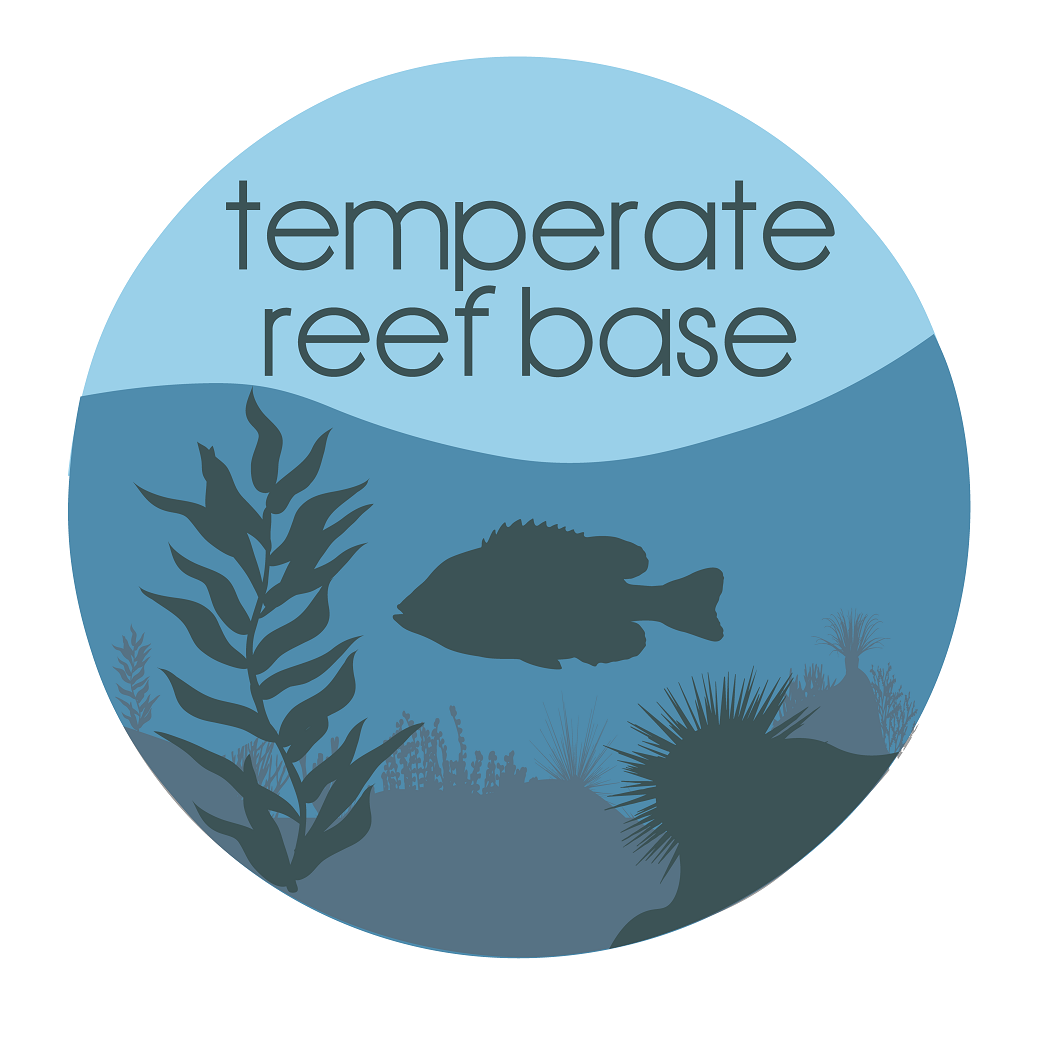ANIMALS/INVERTEBRATES
Type of resources
Topics
Keywords
Contact for the resource
Provided by
Years
-
The spatial extent of C. rodgersii "barrens" was estimated by surveying rocky reef habitat with a towed underwater video system. Sampling took place at 13 regions along the east coast of Tasmania, each comprising 3 subsites, this dataset refers to the Schouten Island, and its 3 subsites: Baudin, Sarah and Sonerat.
-
The occurence and distribution of zooplankton species off the east coast of Tasmania was investigated between 1971 and 1973. Samples were collected at stations distributed along three transects extending seaward. Temperature and salinity data was collected at the same time.
-
The spatial extent of C. rodgersii "barrens" was estimated by surveying rocky reef habitat with a towed underwater video system. Sampling took place at 13 regions along the east coast of Tasmania, each comprising 3 subsites, this dataset refers to the Maria Island region, and its 3 subsites: Beaching, Bunker and Mistaken Cape.
-
The spatial extent of C. rodgersii "barrens" was estimated by surveying rocky reef habitat with a towed underwater video system. Sampling took place at 13 regions along the east coast of Tasmania, each comprising 3 subsites, this dataset refers to the Nubeena region, and its 3 subsites: Cape Raoul, Salters Point and Wedge.
-
A project investigating the restoration of string kelp (Macrocystis pyrifera) habitat on Tasmania's east and south coasts. Macroalgae, fish and invertebrate counts were collected as part of the project using the Edgar Barrett transect technique in the Derwent Estuary and in the Mercury Passage on the South East Tasmania. Other fish, invertebrate and macroalgal data was also collected.
-
The main aim of this research program was to determine the potential for reducing the density of urchins to encourage the return of seaweeds and an improvement in urchin roe quality and quantity from remaining urchins. Tasmanian Sea Urchin Developments used two widely-separated sub-tidal experimental lease areas. One of these areas was at Meredith Point, on the east coast, and the other at Hope Island, on the south coast. Both sites had been subject to some overgrazing by urchins. At Meredith Point, the study area was divided into plots containing urchins at three densities: artificially enhanced, continually harvested and control (undisturbed). At Hope Island, controlled clearings of urchins and limpets from barrens areas were conducted. Recovery of vegetation was monitored as well as urchin roe quality and quantity. The data represented by this record was collected at Hope Island, and includes results from an inital survey collected at the site before the main study commenced.
-
The spatial extent of C. rodgersii "barrens" was estimated by surveying rocky reef habitat with a towed underwater video system. Sampling took place at 13 regions along the east coast of Tasmania, each comprising 3 subsites, this dataset refers to the Forestier Peninsula region, and its 3 subsites: Sisters, Visscher Island and High Yellow Bluff.
-
The spatial extent of C. rodgersii "barrens" was estimated by surveying rocky reef habitat with a towed underwater video system. Sampling took place at 13 regions along the east coast of Tasmania, each comprising 3 subsites, this dataset refers to the Recherche region, and its 3 subsites: Eliza Point, Fisher Point and Actaeons.
-
Zooplankton samples were collected at two sites in south eastern Tasmania, between the years 2000 and 2001 using two types of plankton net. Samples were collected using horizontal hauls during the daytime only. All copepods, salps and chaetognaths were identified and enumerated.
-
The data is the quantitative abundance of megafaunal invertebrates derived from underwater visual census methods involving transect counts at rocky reef sites around Tasmania. This data forms part of a larger dataset that also surveyed fish abundance and algal cover for the area. The aggregated dataset allows examination of changes in Tasmanian shallow reef floral and faunal communities over a decadal scale - initial surveys were conducted in 1992-1995, and again at the same sites in 2006-2007. There are plans for ongoing surveys. An additional component was added in the latter study - a boat ramp study looking at the proximity of boat ramps and their effects of fishing. We analysed underwater visual census data on fishes and macroinvertebrates (abalone and rock lobsters) at 133 shallow rocky reef sites around Tasmania that ranged from 0.6 - 131 km from the nearest boat ramp. These sites were not all the same as those used for the comparison of 1994 and 2006 reef communities. The subset of 133 sites examined in this component consisted of only those sites that were characterized by the two major algal (kelp) types (laminarian or fucoid dominated). Sites with atypical algal assemblages were omitted from the 196 sites surveyed in 2006. This study aimed to examine reef community data for changes at the community level, changes in species richness and introduced species populations, and changes that may have resulted from ocean warming and fishing. The methods are described in detail in Edgar and Barrett (1997). Primarily the data are derived from transects at 5 m depth and/or 10 m depth at each site surveyed. The underwater visual census (UVC) methodology used to survey rocky reef communities was designed to maximise detection of (i) changes in population numbers and size-structure (ii) cascading ecosystem effects associated with disturbances such as fishing, (iii) long term change and variability in reef assemblages.
 TemperateReefBase Geonetwork Catalogue
TemperateReefBase Geonetwork Catalogue